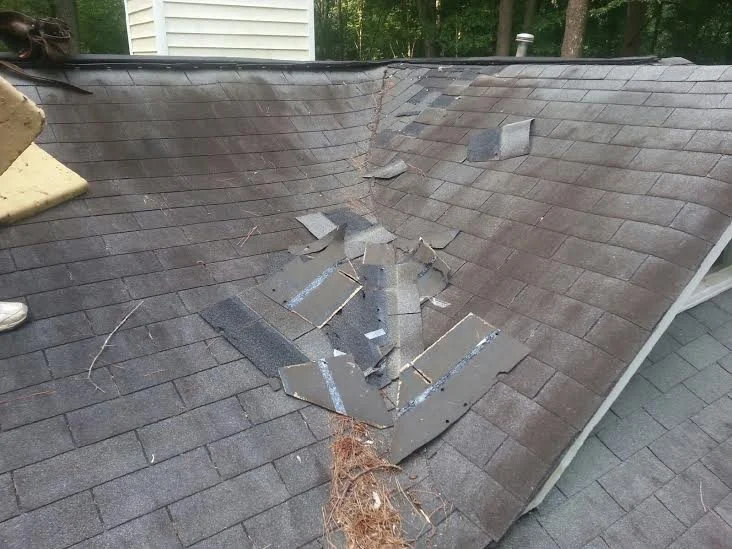
- Understanding Roof Valleys and Their Role
- 1. Why Roof Valleys Are Prone to Leaks
- 2. How to Repair a Roof Valley in 10 Steps
- 3. Common Mistakes to Avoid When Repairing a Roof Valley
- 4. Roof Valley Maintenance Tips to Prevent Leaks
- 5. Expert Advice on Roof Valley Repairs
Understanding Roof Valleys and Their Role
Roof valleys are the areas where two roof planes meet, creating a "V" shape. These areas are crucial for directing rainwater and melting snow off the roof. While roof valleys are essential for maintaining proper water flow, they are also more vulnerable to leaks than other parts of the roof. Understanding why roof valleys are prone to damage is key to preventing and repairing leaks.
This article will guide you through the reasons behind roof valley leaks, how to repair them, and the maintenance needed to keep these critical areas in top shape. Let’s dive into the details of roof valley repair, including step-by-step instructions and expert tips to prevent leaks.
1. Why Roof Valleys Are Prone to Leaks
Roof valleys are naturally prone to leaks due to their structural design and the amount of water they channel. Here are some of the reasons why:
- Water Accumulation: Roof valleys are the primary channels through which rainwater and melting snow flow. If the valley is not properly sealed or maintained, water can pool and lead to leaks over time.
- Debris Buildup: Leaves, branches, and other debris can accumulate in the valley, blocking the water flow and causing water to back up under the shingles. This can lead to moisture buildup and leaks inside your home.
- Flashing Issues: The flashing along the roof valley is designed to direct water off the roof, but improper installation or wear and tear can cause gaps or damage. This opens the door for water infiltration and leaks.
- Improper Roofing Materials: In some cases, using subpar materials or improperly installed shingles can cause the roof valley to fail. The wrong type of shingles or underlayment can allow water to seep through, especially during heavy rainfall.
Understanding these common issues will help you take the necessary steps to avoid leaks and ensure your roof valley remains intact.
2. How to Repair a Roof Valley in 10 Steps
If you've discovered a leak in your roof valley, repairing it promptly is essential to prevent further damage. Here’s a step-by-step guide to repairing a roof valley:
- Safety First: Before starting any repair work, make sure to use a sturdy ladder, wear non-slip footwear, and take proper safety precautions.
- Inspect the Valley: Start by inspecting the valley for visible damage. Look for gaps in the flashing, missing shingles, or debris buildup that might be blocking the flow of water.
- Remove Debris: Clear any leaves, twigs, or dirt from the valley. Use a broom or blower to ensure that the area is free of obstructions that could prevent water from flowing properly.
- Check the Flashing: Inspect the flashing for any signs of wear or damage. If the flashing is cracked or bent, it will need to be replaced.
- Replace Damaged Flashing: If you notice any issues with the flashing, remove the old material and install new flashing. Ensure that the flashing is properly sealed to prevent water from seeping under the shingles.
- Replace Missing Shingles: If any shingles are missing or damaged, replace them with new ones. Make sure the new shingles overlap properly to ensure a watertight seal.
- Check the Underlayment: Check the underlayment beneath the shingles. If it’s damaged or worn out, it should be replaced to provide an additional layer of protection.
- Seal the Edges: Apply roofing sealant along the edges of the flashing and shingles to create a watertight barrier.
- Inspect the Entire Roof: While you're up there, inspect the rest of your roof for any other potential issues that could cause leaks down the line.
- Test the Repair: After completing the repair, check for leaks by using a hose to simulate rainfall. Make sure that water flows properly through the valley and no water leaks into your home.
Following these steps will help you repair the roof valley and prevent future leaks. However, if you're unsure or uncomfortable with the repair process, it's always best to consult a professional roofer.
3. Common Mistakes to Avoid When Repairing a Roof Valley
While repairing a roof valley, avoid these common mistakes to ensure a successful and lasting repair:
- Neglecting Proper Sealing: Failing to properly seal around the flashing or shingles can lead to water infiltration. Always use high-quality roofing sealant and ensure that it’s applied correctly.
- Ignoring Structural Issues: If your roof valley has structural problems such as sagging or warping, make sure to address these issues before attempting to repair the shingles or flashing.
- Using Incorrect Materials: Always use the appropriate materials for roof valley repairs. Substituting materials can lead to problems down the road, especially if they’re not durable or waterproof.
By avoiding these mistakes, you can ensure that your roof valley is repaired properly and will continue to protect your home for years to come.
4. Roof Valley Maintenance Tips to Prevent Leaks
Proper maintenance is key to preventing roof valley leaks. Here are some helpful tips to keep your roof valleys in top condition:
- Clean the Valleys Regularly: Keep the valleys free of debris by cleaning them regularly, especially after a storm. This will help water flow properly and prevent clogs that could lead to leaks.
- Inspect the Flashing Annually: Check the flashing in your roof valleys every year. Look for any signs of wear, cracks, or gaps that could allow water to seep through.
- Re-seal as Needed: If you notice any areas where the sealant has worn away, apply a fresh coat of roofing sealant to ensure a tight, waterproof barrier.
- Hire a Professional: If you're not comfortable performing regular maintenance yourself, hire a professional roofer to inspect and maintain your roof valleys.
5. Expert Advice on Roof Valley Repairs
While DIY repairs can save money, roof valley repairs can be tricky. If you are unsure about the condition of your roof valley or if you have trouble repairing it, consider seeking professional advice. A certified roofer can assess the damage, recommend the best repair methods, and ensure the job is done right.
If you're looking for expert roof repair services or products, visit BeachCo Roofing Hub for high-quality supplies and professional services.

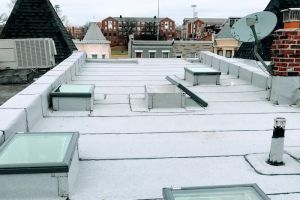

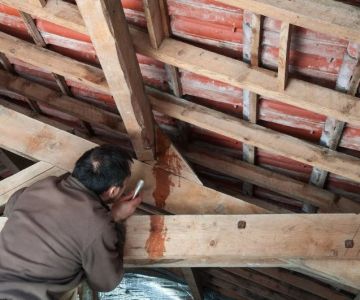
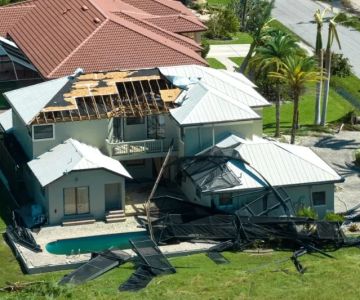
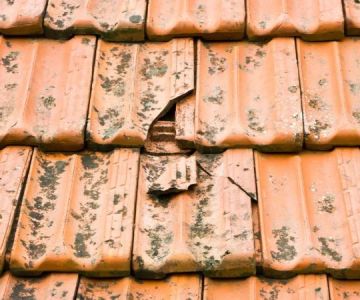

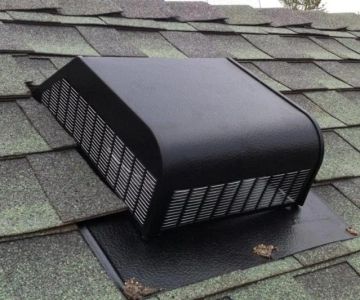
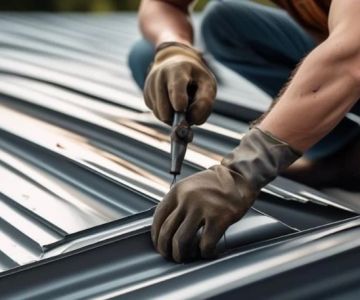
 L&S Roofers0.0 (0 reviews)
L&S Roofers0.0 (0 reviews) New Path Roofing5.0 (47 reviews)
New Path Roofing5.0 (47 reviews) Safeguard Roofing5.0 (551 reviews)
Safeguard Roofing5.0 (551 reviews) All Roofing Contractors5.0 (5 reviews)
All Roofing Contractors5.0 (5 reviews) NJ Roofing Specialists0.0 (0 reviews)
NJ Roofing Specialists0.0 (0 reviews) Martin & Sons Roof Repair4.0 (27 reviews)
Martin & Sons Roof Repair4.0 (27 reviews) What is a Roofing Square? How to Convert Measurements for Your Project
What is a Roofing Square? How to Convert Measurements for Your Project How to Install a Roof Cricket Behind a Rooftop Stairwell Enclosure
How to Install a Roof Cricket Behind a Rooftop Stairwell Enclosure The Average Cost of a Roof Warranty Transfer When Selling a Home
The Average Cost of a Roof Warranty Transfer When Selling a Home What is a Roofing Material Sustainability Certification? (e.g., LEED, Cool Roof)
What is a Roofing Material Sustainability Certification? (e.g., LEED, Cool Roof)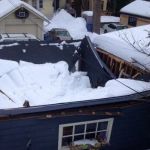 Roof Snow Load Calculation: How to Know if Your Roof is at Risk
Roof Snow Load Calculation: How to Know if Your Roof is at Risk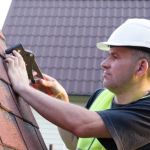 Common Roofing Scams and How to Avoid Them: High-Pressure Sales and Free Inspections
Common Roofing Scams and How to Avoid Them: High-Pressure Sales and Free Inspections